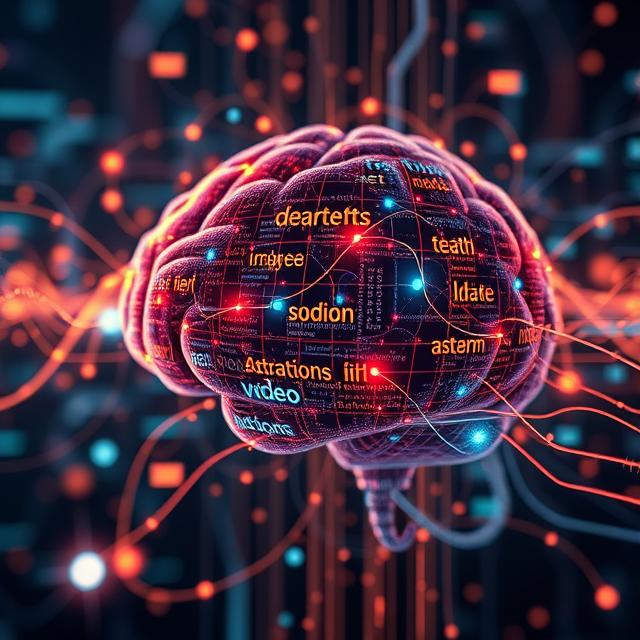Multimodal learning has an impact on artificial intelligence (AI) that aims to boost AI models by joining and handling different kinds of data. These data types can span from text, images, and audio, to video. The aim is to build more precise and strong AI systems by blending the strengths of multiple data types to offer a fuller grasp.
Why Multimodal Learning Matters
Typical AI models work with just one kind of data, like text or pictures, to do their job. But in real life, we often get information in different ways at once. Take videos, for example. To get what’s going on, an AI needs to handle both what it sees and hears at the same time. When AI systems learn from different types of data together, it’s called multimodal learning. This helps them understand things better, which means they can handle trickier situations more .
“Standard AI systems work with one kind of data, like text or pictures. But in real life, we often get information in many forms at once. Take videos, for instance. To understand them, you need to process both what you see and what you hear. When AI models learn to use these different types of data together, they can understand things better and handle tricky tasks more .”
Key Components of Multimodal Learning
- Data Fusion: This process combines different types of data to create a unified representation. It aims to make sure information from each mode complements the others resulting in a fuller and more detailed dataset.
- Feature Extraction: During this stage, the AI model spots and pulls out key features from each mode. Examples include getting text from a transcript important visual elements from a picture, or specific sound cues from audio data.
- Model Integration: After pulling out the relevant features, the next step involves creating AI models that can process and learn from these combined features. This calls for advanced algorithms with the ability to handle various data types at once.
Challenges in Multimodal Learning
Even though it has huge promise multimodal learning runs into a few roadblocks:
- Data Alignment: Lining up data from different sources poses one of the biggest challenges in multimodal learning. This means the information should match up to the same events or things. For example, it’s crucial to sync the sound with the right video frames for the model to understand .
- Computational Complexity: Dealing with multiple types of data at once needs a lot of computing power. AI models require advanced algorithms and big computing resources to handle and examine different forms of data at the same time.
- Data Imbalance: AI models don’t always have the same amount or quality of data for different types. Text data might be plentiful, but good video data could be harder to find. This difference can skew AI models if one type of data overshadows the others.
Future Trends in Multimodal Learning
As tech moves forward, we can look forward to some cool changes in how we learn using different senses:
- Better Algorithms: As AI algorithms get smarter, combining and processing different types of data will become easier. This will lead to more effective and precise models.
- On-the-Spot Processing: With more computing power, we’ll see instant multimodal apps pop up, like live translations or AR experiences that blend sound, video, and text.
- Custom-Made AI: One of the most exciting future uses of multimodal learning is tailor-made AI systems. These systems could grasp and react to individual likes and actions more by joining and examining various data sources, which would make the user experience better in the end.
